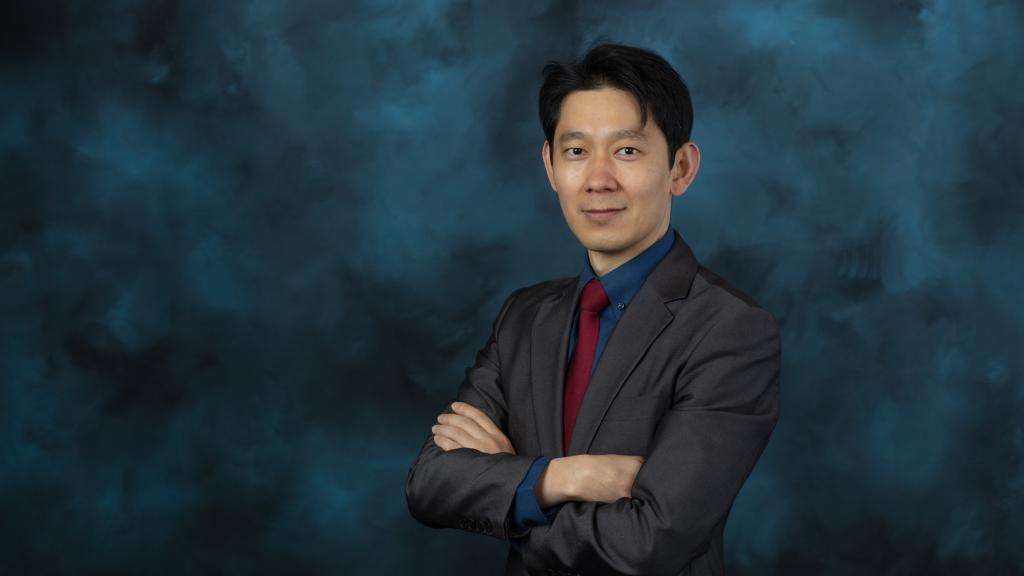
Researchers at the Department of Energy's Oak Ridge National Laboratory are using a machine-learning model to answer 'what if' questions stemming from major events that impact large numbers of people. By simulating an event, such as extreme weather, researchers can see how people might respond to adverse situations, and those outcomes can be used to improve emergency planning.
"We use simulations and machine learning to explain how people would be impacted in the real world. If we know this, we can minimize damage in an actual event," said Joon-Seok Kim, a location intelligence R&D scientist in ORNL's National Security Sciences Directorate.
The simulations help scientists understand how individual reactions impact the population as a whole. Based on their responses, researchers can design and measure interventions. The simulation and its parameters can be adjusted to answer varying research questions and statistically simulate a major event, a response and the efficacy of the response for epidemics, emergency management, climate change or national security.
Researchers can use aggregated open data, such as census data, to create "agents" that each have individual human traits and "live" in a scenario similar to a community, neighborhood or city. Agents lead complex social lives driven to sustain their basic and social needs.
Researchers can then run a simulation that starts with a simple research question: What if? The simulation uses a synthetic population of varying size, from a small community of a few hundred agents to a region with several hundred thousand. Each agent has a place to live, something to do during the day, such as a job or taking care of their household, and opportunities for social interaction. Each agent has unique characteristics, with some being very socially active and some more reserved. As the agents move about and interact with other agents, or don't, their social networks evolve in the simulation.
"Social agents are party people, work a lot and manage their social network," Kim said. "Others are not socially active and have few friends."
The agents live their simulated lives for about a year - which, depending on the population and complexity of the model, can take anywhere from a day to several weeks to simulate - when, at a point in time determined by the researcher, the population experiences a change. If it's a virus, the simulation will allow it to spread for an allocated period of time before the researchers introduce an intervention, such as a vaccine or personal protective gear.
Since the data starts with the same agent group, each intervention option can be measured for effectiveness. If multiple versions of the same intervention yield the same outcome, then Kim and his colleagues are more confident about reproducibility and adaptability in the real world.
"Using patterns of life modeling, advanced human mobility simulations and artificial intelligence techniques, we're actively modeling scenario-driven decision-making to make our communities safer and improve our national security posture," said Gautam Malviya Thakur, Location Intelligence group leader. "By asking 'what if' in a controlled, ethical manner, we are trying to help turn uncertainty of emergencies into predictable results."
Kim's work on geo-social simulations was recently published in the SIGSPATIAL '23 proceedings and won the Best Data Paper Award at the 2023 Association for Computing Machinery SIGSPATIAL Conference.
UT-Battelle manages ORNL for the Department of Energy's Office of Science, the single largest supporter of basic research in the physical sciences in the United States. The Office of Science is working to address some of the most pressing challenges of our time. For more information, please visit energy.gov/science.






